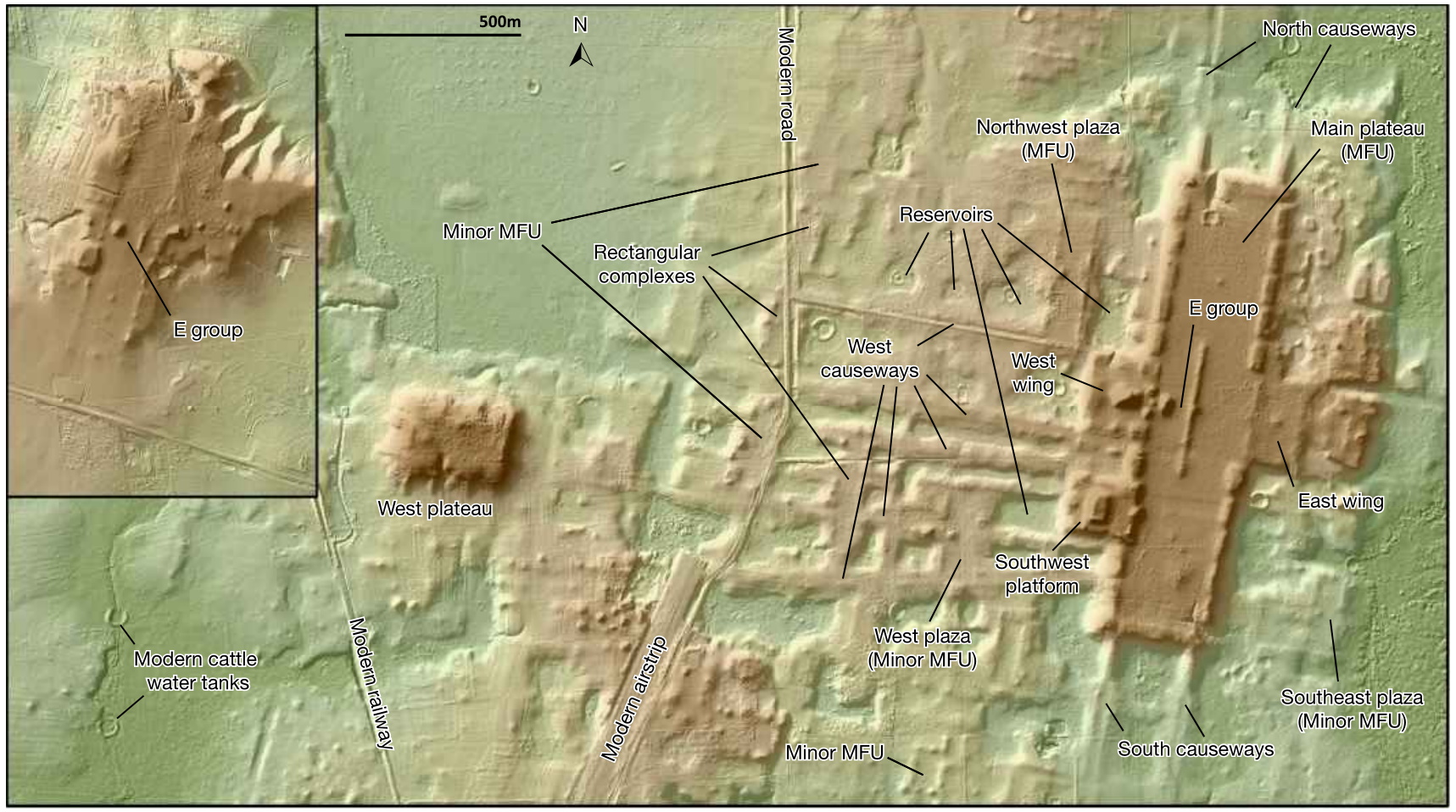[ad_1]
Lidar is quickly turning into one of the vital influential instruments in archaeology, revealing things in just a few hours that might have needed months of machete-wielding and manual measurements otherwise. The newest such discovery is a gigantic Mayan structure, more than 1Km long, and 3,000 yrs old, and seemingly used for astronomical observations.
Takeshi Inomata of the University of Arizona is the lead author of the paper describing the monumental artificial plateau, published in the journal Nature. This unprecedented structure — by far the biggest and oldest of its kind — might remind you of one other such discovery, the “Mayan megalopolis” found in Guatemala two years ago.
Working of the Lidar
Lidar detects the distance between different surfaces by bouncing lasers off them. Empowered and assisted by highly effective computational strategies, it can see through the canopy of trees and undergrowths and discover the extent of the ground beneath, producing an in-depth height map of the floor.
In this case, the researchers picked a big area of the Tabasco region of Mexico, on the Guatemalan border, recognized to have been occupied by the early Mayan civilization. A large-scale, low-resolution lidar scan of the area produced some leads, and smaller areas have been then scanned at greater resolution, producing the photographs you see right here.
What emerged was an infinite ceremonial center is now known as Aguada Fénix, the biggest characteristic feature of which is an artificial plateau greater than 10 meters tall and 1.4 km in length. It is theorized that these enormous plateaus, of which Aguada Fénix is the oldest and largest, have been used to trace the motion of the sun by means of the seasons and carry out numerous rites.
The high-resolution lidar map additionally helped speed up different findings, comparable to that, owing to the dearth of statues or sculptures in honor of up to date leaders, the neighborhood that constructed Aguada Fénix “probably did not have marked social inequality” similar to others within the 1,000-800 B.C. timeframe (approximate calculation from carbon dating). That such an infinite project may have been achieved without the backing and orders of a wealthy central authority — and at a time when Mayan communities have been presupposed to be small and not yet stationary — may upend current doctrine concerning the event of Mayan tradition.
All due to advances in laser scanning technology that almost all consider as a means for self-driving automobiles to keep away from pedestrians. You can learn extra about Aguada Fénix in Nature and this National Geographic article.
[ad_2]


